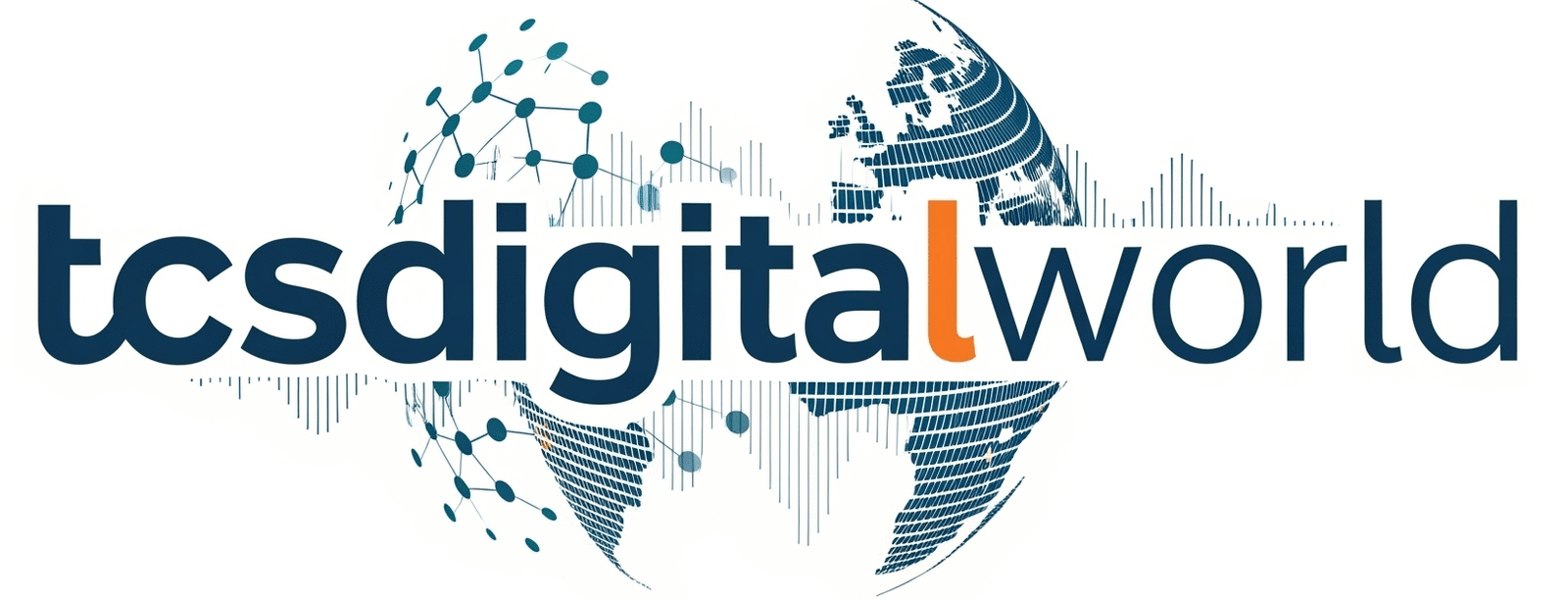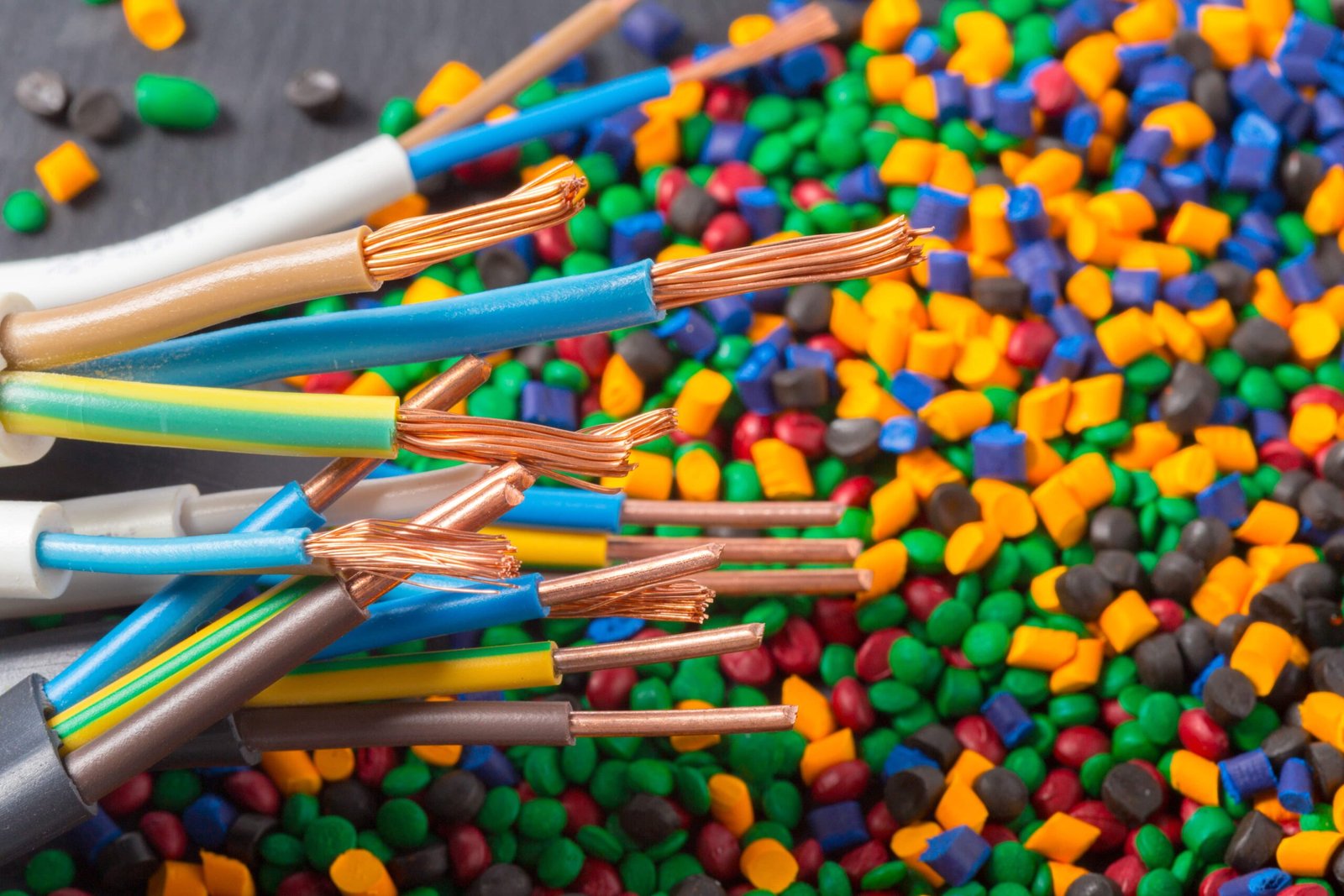The national cables industry is like the veins of a nation’s power system. Without good cables, energy can’t flow well. As the world shifts toward cleaner energy, solar, wind, and electric vehicles, the cables industry has a big job ahead. It must grow, adapt, and meet new needs.
Many things are changing. People want green energy, stable power grids, and safer wires. Cable makers must use better materials, design smarter products, and work more with governments. If they do that, cables will do more than carry electricity; they will help build the future.
Why Cables Matter More Now
Power cables were once simple wires in a building. But now they must handle much more. To connect solar farms, wind turbines, EV charging stations, and smart grids, we need cables that are strong and smart.
When a wind farm sends power through high-voltage cables, if the cable isn’t good, energy is lost. That is a waste. Good cables reduce loss, keep electricity safe, and make the grid reliable. Like a water pipe with leaks wastes water, a bad cable wastes energy.
Also, many countries are pushing for net-zero emissions. To reach that, the energy system needs cables that can carry power from remote solar or wind sources. They must handle weather changes, hot sun, cold nights, and windstorms.
Technological Changes Lighting the Path
The cable industry is changing fast. Below are new trends shaping that change:
- Better Insulation Materials: New materials like XLPE, halogen-free, flame-retardant sheaths. These keep cables safe and prevent fires.
- Higher Voltage Transmission: Using high voltage DC or AC cables to send power long distances without losing much energy.
- Smart Monitoring & Diagnostics: Cables with built-in sensors that detect faults or overheating before a problem becomes big.
- Eco-Friendly Manufacturing: Factories use less plastic, more recyclable parts, and cleaner processes, so cable making hurts nature less.
- EV Charging Infrastructure: More electric cars mean more charging points. Cable demand will rise in homes, on roads, and in public spaces.
Markets & Growth Forecast
According to reports, the power and control cable market is set to grow strongly from 2025 to 2035. Markets like Asia-Pacific, the Middle East, and Europe are leading this growth.
The biggest growth will be in cables for renewable energy, smart grids, and EV charging. Many governments are approving big investments in electrical grid upgrades, which means more cables will be needed.
Opportunities for National Cables Industry
Here are places where chance knocks loudly:
- Renewable Projects: Wind farms and solar farms need many kilometers of cable.
- EV Charging Networks: Public and home chargers need power transmission cable solutions.
- Grid Upgrades & Smart Grid: To make power networks smarter, cables must support sensors and control systems.
- Export Chance: Countries without cable factories depend on imports. Local industries can make cables and sell abroad.
- Sustainability Leadership: Companies that use green materials or manufacture cleanly may win more contracts and public trust.
Key Challenges to Face
The journey forward has rough patches, like climbing a steep hill. These are what the cable industry must handle:
- Raw Materials Costs: Copper, aluminium, and plastics for insulation are expensive and change price often.
- Regulation & Safety Standards: Cables must meet rules about fire safety, environmental impact, and electrical safety.
- Skilled Workforce: Need people who know new technologies, installation, and quality control of better cables.
- Supply Chains & Logistics: Cables are heavy, long, and often need transport over long distances. Delays or high transport costs add cost.
- Competition: From cheap imports, and from newer technologies like wireless power transmission in small-scale or cable-less solutions.
How National Cable Companies Can Adapt
To stay strong, cable companies must act like a tree that bends in the wind but does not break. Here are ways:
- Invest in research and development for better insulation, less energy loss, and smarter cables.
- Focus on local manufacturing to cut shipping costs and lead time.
- Form partnerships with renewable energy developers, utility companies, and EV manufacturers.
- Adopt green manufacturing practices: recycled insulation, clean energy in factories.
- Train workers for new demands: work with sensors, fire safety, and smart grid technology.
Case Examples & Signals
- National Cables Industry (NCI) UAE is already making cables for low voltage, medium voltage, wires, etc., working toward sustainability and higher quality.
- Market reports show that the demand for power and control cables will nearly double by 2035 as grids upgrade and countries adopt smart infrastructure.
- “New Energy Cables: Future Of Electricity” article says cables for solar, energy storage, and wind power must resist weather, heat, and electromagnetic interference.
What This Means for the Future
The future of the national cables industry is bright, but not easy. Companies that don’t change may fall behind. But those who adapt will help shape how energy flows in the next decades.
Cables will not be just wires under our floors or underground. They will be lifelines for green energy, safety, and reliability. Like the roots of a tree, cables support everything above. If the roots are strong, the tree grows high. If weak, the tree leans.
For people, this means more reliable power, fewer blackouts, and more green electricity from solar and wind. For nations, it means a more secure and sustainable energy future.
Final Thoughts
The national cables industry stands at a crossroads. It has the chance to help millions get clean, steady power. It must face challenges like cost, materials, and safety. But every big switch toward renewable energy, every EV charger added, and every smart grid built depends on good cable work.
It’s like building a road for electricity. The better the road, the faster and safer the travel. When industry builds well, energy solutions will travel far, reach many homes, and power a cleaner tomorrow.


Leave a Reply